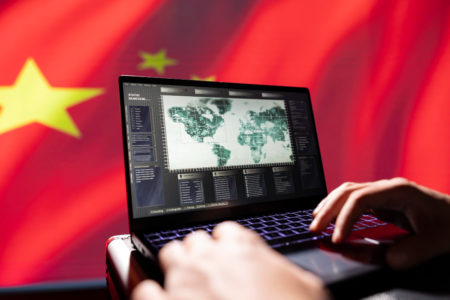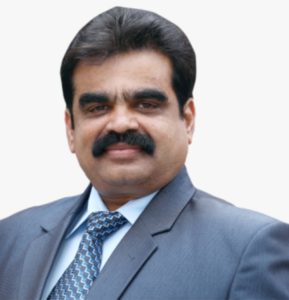India has traditionally been a hub for mobile gaming, primarily attracting a niche community. However, the landscape is rapidly evolving, with specific mobile games now earning recognition under the Esports banner. Games like BGMI and Free Fire are gaining more popularity in India than traditional favourites like FIFA or Call Of Duty. Moreover, the mobile gaming sector offers a broader market through streaming platforms.
Renowned Indian streamers such as Mortal and Jonathan Gaming boast over 5 million subscribers on their social media and YouTube channels, securing awards and lucrative brand deals. Nevertheless, the competition is not confined to a rivalry between mobile and PC/console games.
The Asian Games Frontier: India’s Rise and Setback
With the formal inclusion of Esports in the annual Asian Games, India has emerged as a significant player in the sector, clinching several medals. Coaches are now actively recruited to enhance the competitiveness of Indian players, fostering a vibrant segment within the gaming community. Mobile games, integral to both global and Indian gaming cultures, are also making their way into the Asian Games.
However, the scenario takes a turn for the worse for India’s mobile gaming community due to the exclusion of battleground games, including the immensely popular PUBG. The Indian government’s ban on PUBG prevents Indian players from participating, despite the game being a staple in the global Esports roster.
PUBG is not the sole game affected by the Indian government’s ban, but other games have successfully made a comeback by adhering to India’s data privacy laws. If PUBG follows suit, there’s a potential for India’s vast PUBG community to enter the Asian Games. The inclusion of one mobile game could pave the way for others in the future. Yet, currently, players must exercise patience or consider transitioning to the PC gaming segment for international competition.
Challenges and Opportunities in the Mobile Gaming Landscape
While mobile gaming has gained prominence in India, some challenges and opportunities accompany this surge. One significant challenge is the government’s stance on certain games, leading to exclusions from international competitions. This highlights the need for collaboration between the gaming industry and regulatory authorities to establish a conducive environment for Esports growth.
On the flip side, the rise of mobile gaming has opened doors for new talent and diverse gaming experiences. The accessibility of mobile games has democratized Esports, allowing individuals from various socio-economic backgrounds to participate. This inclusivity brings forth a dynamic gaming culture that embraces diversity and talent from all walks of life.
Navigating the Dynamic Esports Seas
As mobile games ascend to prominence in the Indian esports industry, reshaping the gaming landscape and opening new horizons, a critical examination of the ecosystem reveals both promise and pitfalls. The boons, marked by the popularity of games like BGMI and Free Fire, have thrust India into the esports spotlight, offering opportunities for streamers, players, and the industry at large.
However, amidst this boom, a glaring absence of a proper structural framework becomes evident. Despite the tremendous popularity of mobile gaming, many talented players find themselves sidelined due to the lack of a well-defined structure on esports platforms. Unlike Western and European countries, where multi-tier tournament setups—ranging from tier-3 to tier-1—are organized regularly for each popular game, India lags in establishing a centralized format that demands heavy investments and comprehensive reworking on this aspect.
Impact on PC Gaming: A Conundrum of Opportunities and Setbacks
The burgeoning popularity of mobile gaming, while promising for the Esports ecosystem, poses a conundrum for the PC gaming industry in India. PC gaming, with its larger tournaments, substantial prize pools, and global recognition, holds immense potential for players, sponsors, and organizers alike.
The shift towards mobile Esports may divert attention and resources away from the lucrative opportunities that the PC gaming industry presents. Striking a balance between the two platforms is crucial to ensure sustainable growth, commercial rewards, and the continued expansion of India’s footprint in the Esports landscape.
Essential Steps to Propel India’s Esports Ecosystem Forward
The absence of such a structure hampers the growth of esports in the country, limiting the exposure and opportunities available to talented players. A well-organized framework would not only provide a clear pathway for aspiring players but also allow for the identification of specific games with popularity, potential commercial benefits, and social impacts. Such structured frameworks empower the government to play a pivotal role, offering support and interventions tailored to the unique needs of each game and its community.
India must bridge this structural gap to fully harness the potential of its esports ecosystem. Investments, regulations, and strategic interventions are essential to propel the industry forward. Only through a collaborative effort involving industry stakeholders, government bodies, and the gaming community can India establish itself as a powerhouse in the global esports arena, ensuring that talent is not only recognized but also nurtured from grassroots to professional levels.
As the nation navigates the dynamic esports seas, the call for a comprehensive, organized, and inclusive framework echoes louder than ever, promising a brighter future for esports enthusiasts and professionals alike.













